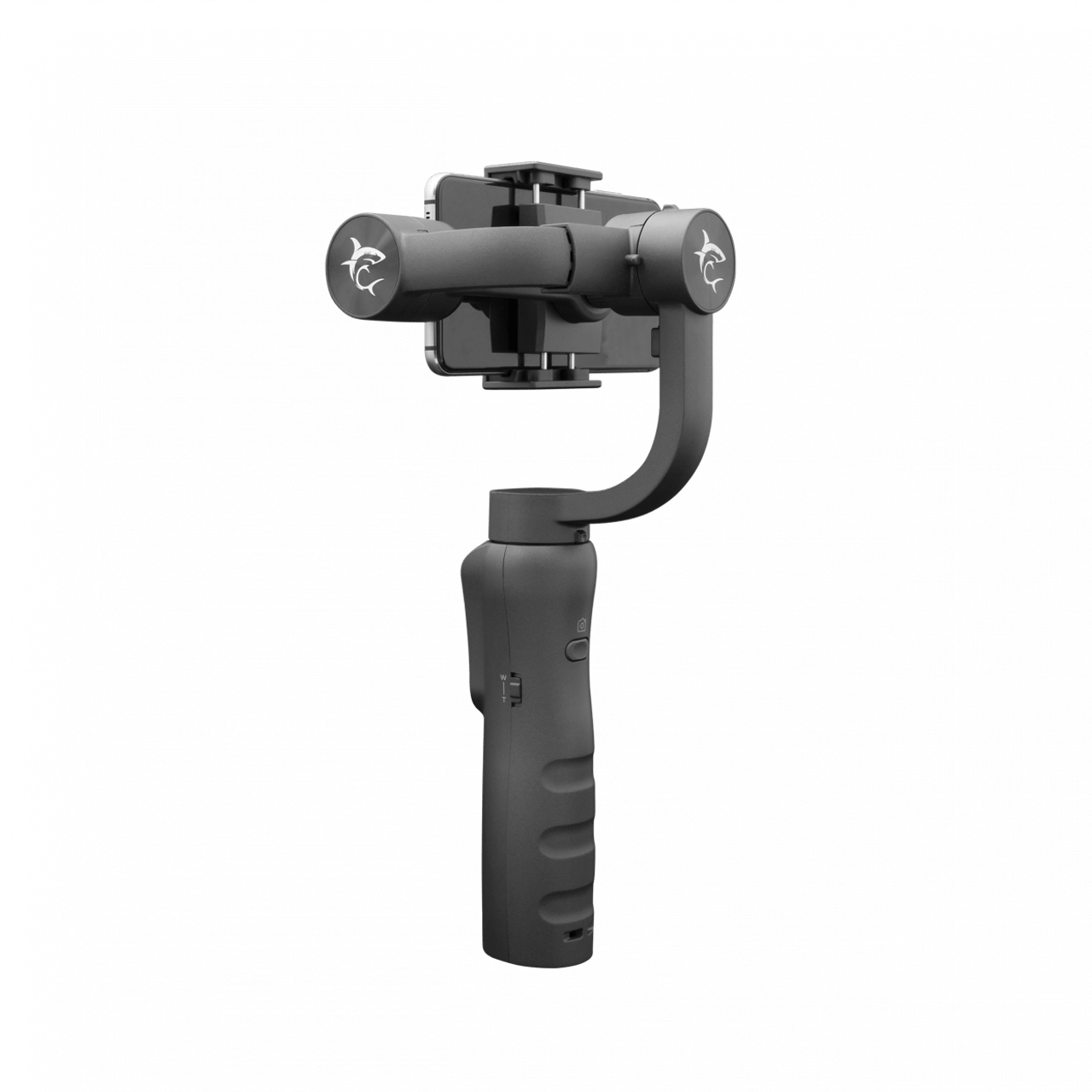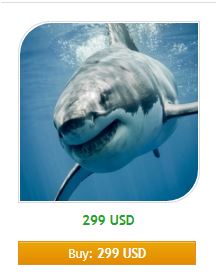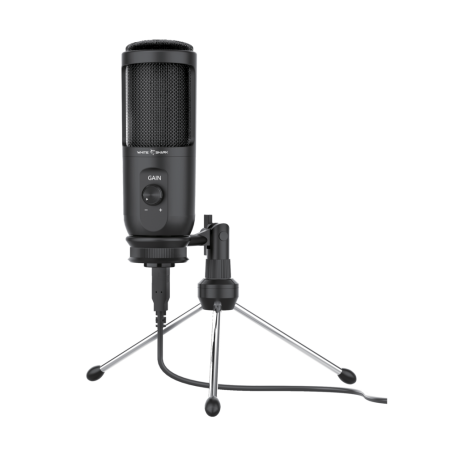

The local revenue of cage diving in Guadalupe has been estimated at more than 4.5 US million dollars per season 8, 9.

Since then, numerous ecotourism operators work between August and November of each year, also providing on going surveillance against illegal fisheries, and a platform for both public education and scientific research. carcharias in the Eastern Pacific Ocean 5, 7. In Mexico, cage diving began in 2001 with the identification of Guadalupe Island as one of the main aggregation sites for C. Due to national and international wildlife regulations, shark cage diving is currently the main legal activity for the economical use of this vulnerable species 1, 6. However, a different behavioural pattern was observed when fresh bait and chum were used, which could increase the potential of accidents during ecotourism.Įcotourism with white sharks Carcharodon carcharias (Linnaeus, 1758) occurs in countries where seasonal aggregations of this species have been observed, including South Africa 1, Australia 2, New Zealand 3, the United States of America 4 and Mexico 5. The results suggest that current ecotourism has no effect on the conditioning of the white sharks, and that all baits have a similar effectiveness for attracting the sharks.

Fifty nine percent of sharks (n = 41) showed no conditioning, 36% (n = 25) showed a low risk and only 5% (n = 3) were found to have a high risk of conditioning. Conditioning of white sharks was determined by the number of interactions and the consumption frequency of the bait.

Natural chum and fresh baits showed short term behavioural patterns constituted by increased number of violent interactions with the bait, while the frozen bait did not generate a defined behavioural pattern. Ethological analysis showed that the type of bait had a significant effect on the shark’s surface behaviour during its interactions with boats. The type of bait showed no significant difference on the effectiveness to attracting sharks. Data were analysed according to sex, maturity and the total of sharks using 6,145 sightings of 121 white sharks. Four types of baits were used: (1) frozen bait (2) frozen bait and natural chum (3) fresh fish bait and (4) mackerel bags. The sightings, behaviours, and pictures used for photographic identification were obtained during August to November 2012–2014 onboard tourist boats in Guadalupe Island, Mexico. This study describes the effect of different baits on the attraction, surface behaviour and conditioning of white sharks Carcharodon carcharias during local ecotourism activities.


 0 kommentar(er)
0 kommentar(er)
